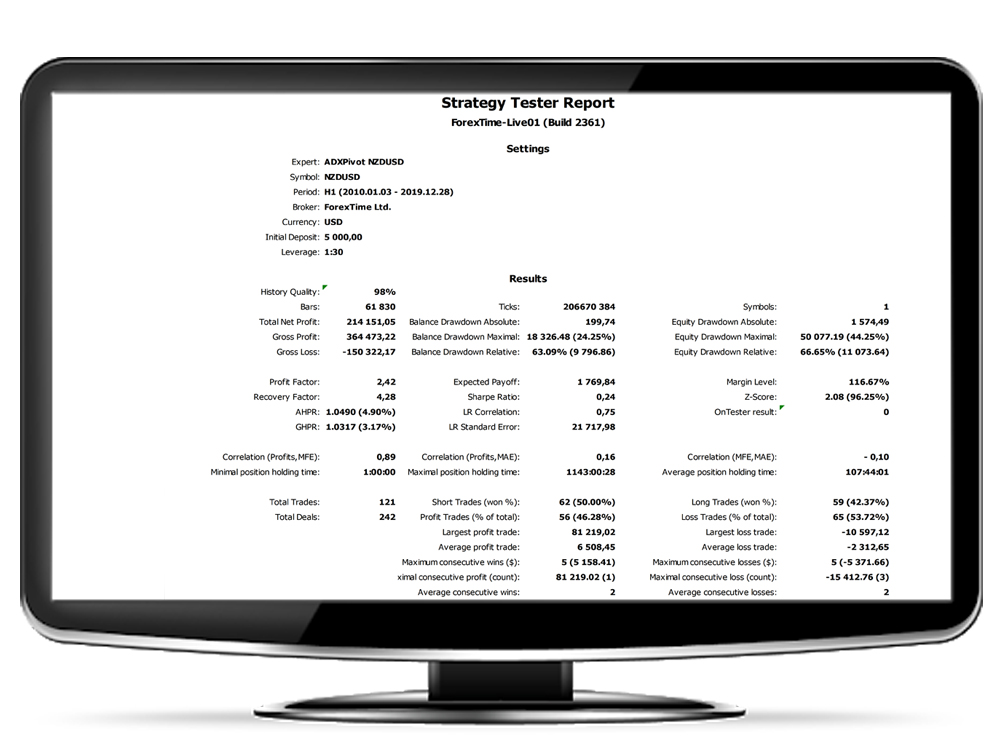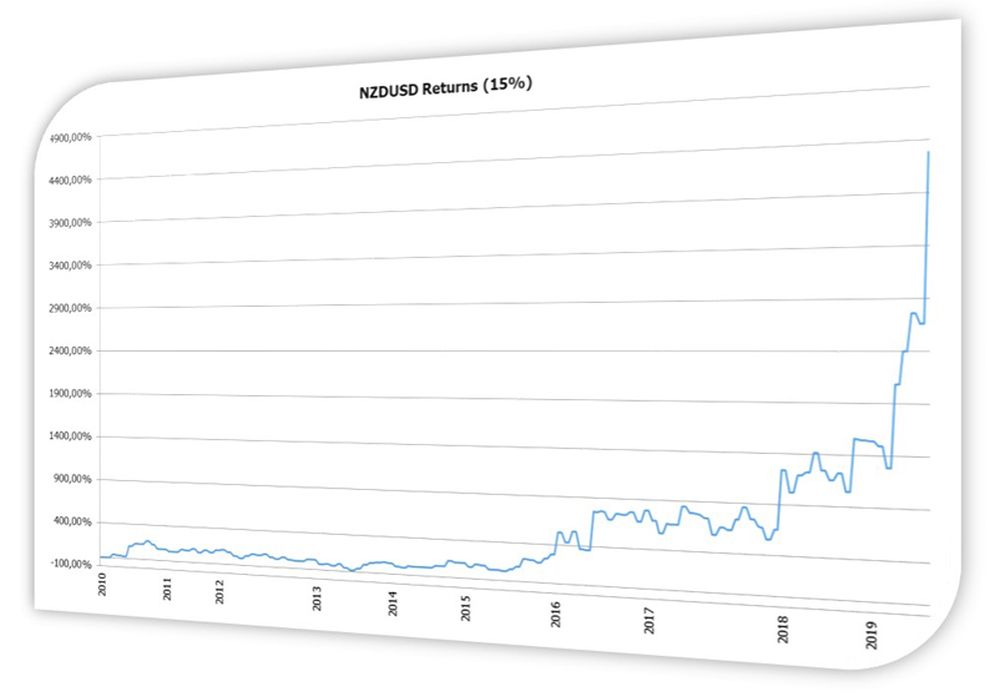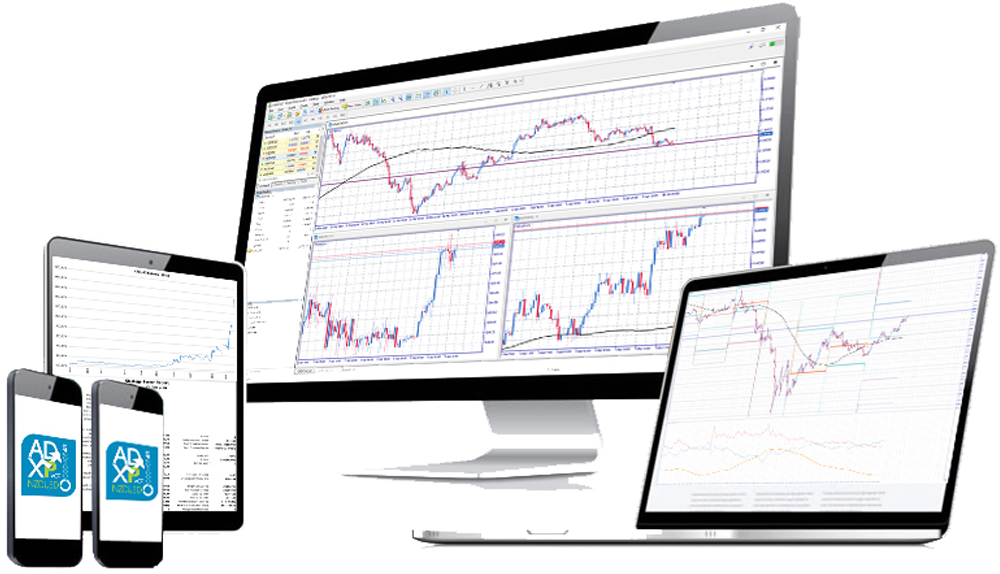ADXPivot NZDUSD
Financial freedom
with realistic mindset

Strategy Tester Report
ADXPivot NZDUSD
Our strategy tests started with $5.000 initial deposit. The leverage was 1:30 and we used 15% of our bankroll to open positions. During the 10 year period, 121 trades were made, the profit factor was 2.42 and the net profit was $214.151,05.

Realistic goals,
realistic returns
ADXPivot NZDUSD returns
45.9% annually
4,283% over a decade

ADXPivot NZDUSD made after:
7
billion
backtests
backtests
6
articles in
scientific journals
scientific journals
3
Years of
scientific research
scientific research

No effort required
Fully automated
Expert Advisor
Up to 5 activations
Buy ADXPivot NZDUSD now
Let the robots grow your capital
